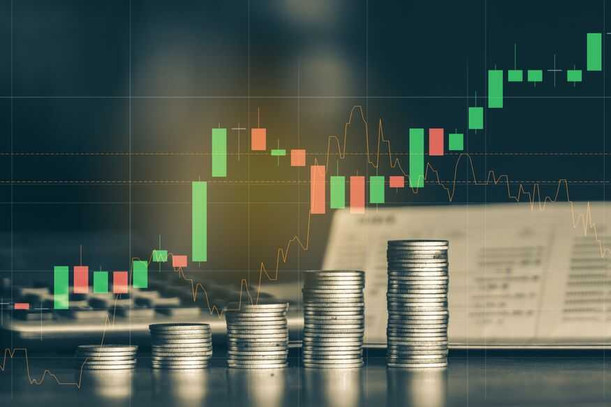A bond is an IOU that is issued by an entity, like governments, multinational companies or municipalities, when they need to borrow money.
When such entities need a lot of funds to operate, they often borrow from banks or individuals like us. The significant difference between bonds and owning stocks is that bonds have a defined term of maturity. This term of maturity establishes when the owner gets paid back the money he loaned, or the principal, at a predetermined set date.
If an investor purchases a bond from a company, he or she gets paid at a determined rate of return. This rate of return is also known as the bond yield.
Bond pricing and yields
A bond yield always refers to the rate of return or the interest paid to the bondholder. When it relates to the bondholder, the bond price is the same amount of money the bondholder pays for the bond.
When it comes to bond yields and bond prices, we always need to remember that they are inversely correlated. Think about it like this: when bond prices are rising, bond yields are falling and vice-versa.
Bold yields are a great indicator of how strong a nation's stock market is, and it has the ability to increase the demand for the nation's currency.
If the U.S bond yields gauge the performance of the U.S stock market, this will start to reflect in the demand for U.S dollars as well.
A good thing to keep in mind when it comes to bonds is that they usually increase when investors are feeling concerned about the safety of their stock investments.
When more and more investors start to move away from high-risk investments or stocks, the demand for less-risky options like U.S bonds and the safe-haven U.S dollar starts to grow. This, of course, can push their value higher. The need for safety can lead bond prices higher and push bond yields down.
Interest rates and yields
As we explained before, when interest rates rise, the bond prices fall, and vice-versa.
The relationship between interest rates and yields seems almost illogical, but when you start to do closer analysis, it makes sense.
Both the yield and interest rates are essential terms for any investor to understand. The return includes the investor earning such as interest, and the yield can be known as the profit he receives for the investments. The interest rate on the other side is the percentage charge for a loan.
When we talk about interest rates and bond yields, we can explain it like this: if the interest rates rise above 10%, the bond price will fall when the investor decides to sell it. Imagine interest rates for similar investments start to rise to 12.5%. The original bond still makes a payment of $100. This will be unattractive to investors who can buy bonds that pay $125 now that the interest rate is higher.
When the original owner of those bonds wants to sell them, the price can be lowered so that the coupon payments and the maturity value are equal to the yield of 12%.
The relationship between yields and interest rates are highly attached to how the time value of money is used when it comes to bond pricing.
What does this mean for Forex traders?
Understanding all of this can be a great tool when it comes to navigating the dynamic fluctuations of the Forex market.
Bond yields move as investors balance their wants for more return on their investments compared to the formal risk of default. Bond yields can be an accurate gauge for currency moves as the two markets are often closely correlated.
Forex traders are especially closely monitoring the yields on Government bonds from the two respective currencies of the Fx pair they are trading. For example, USDJPY traders are looking at the spread between the US and Japanese Government bond yields. The movements in the spread between the two bonds often lead the trends and even day to day movements on the USDJPY pair.
With this knowledge, a trader can know what is happening in the currency market by looking at bonds. The reverse can also be true, and sometimes currency movements can lead the way for bond yields.





